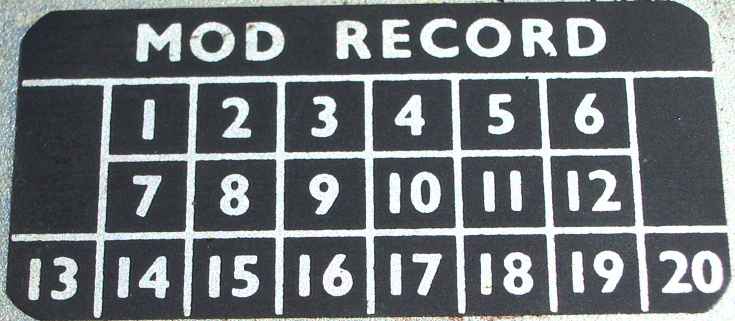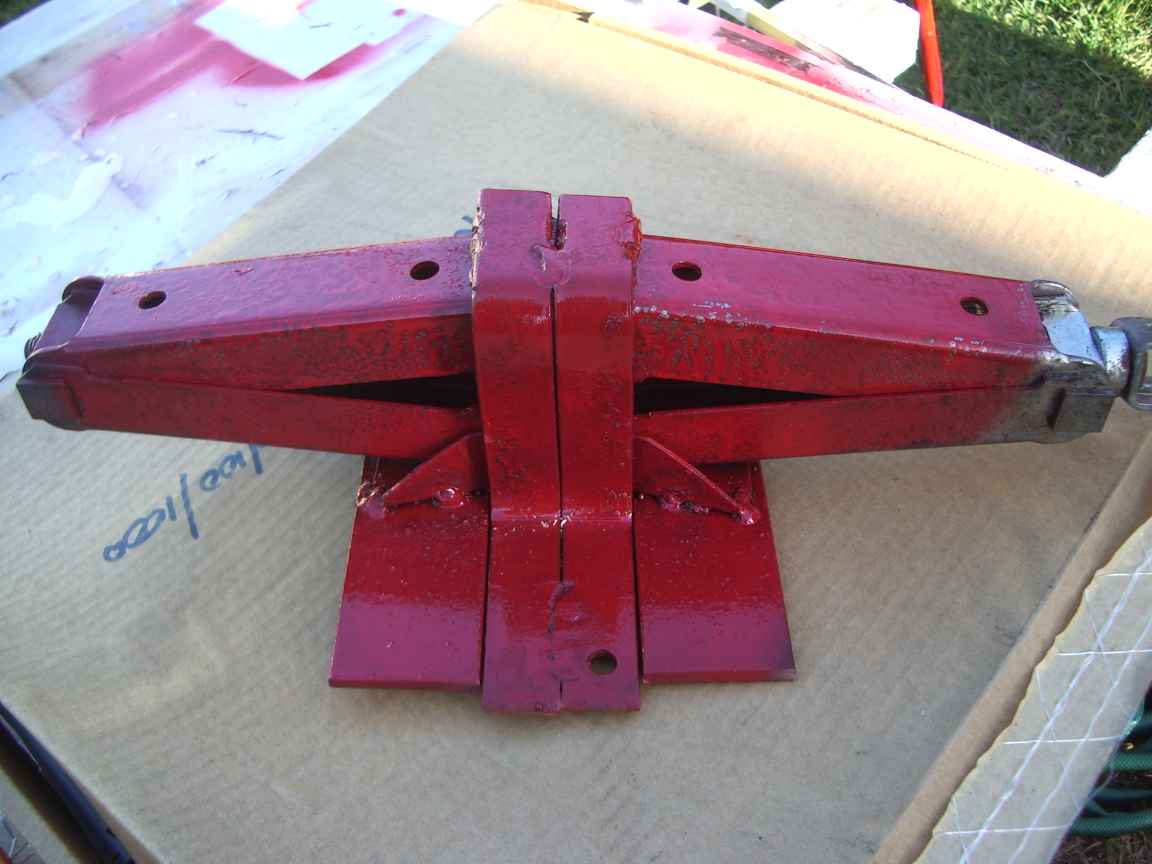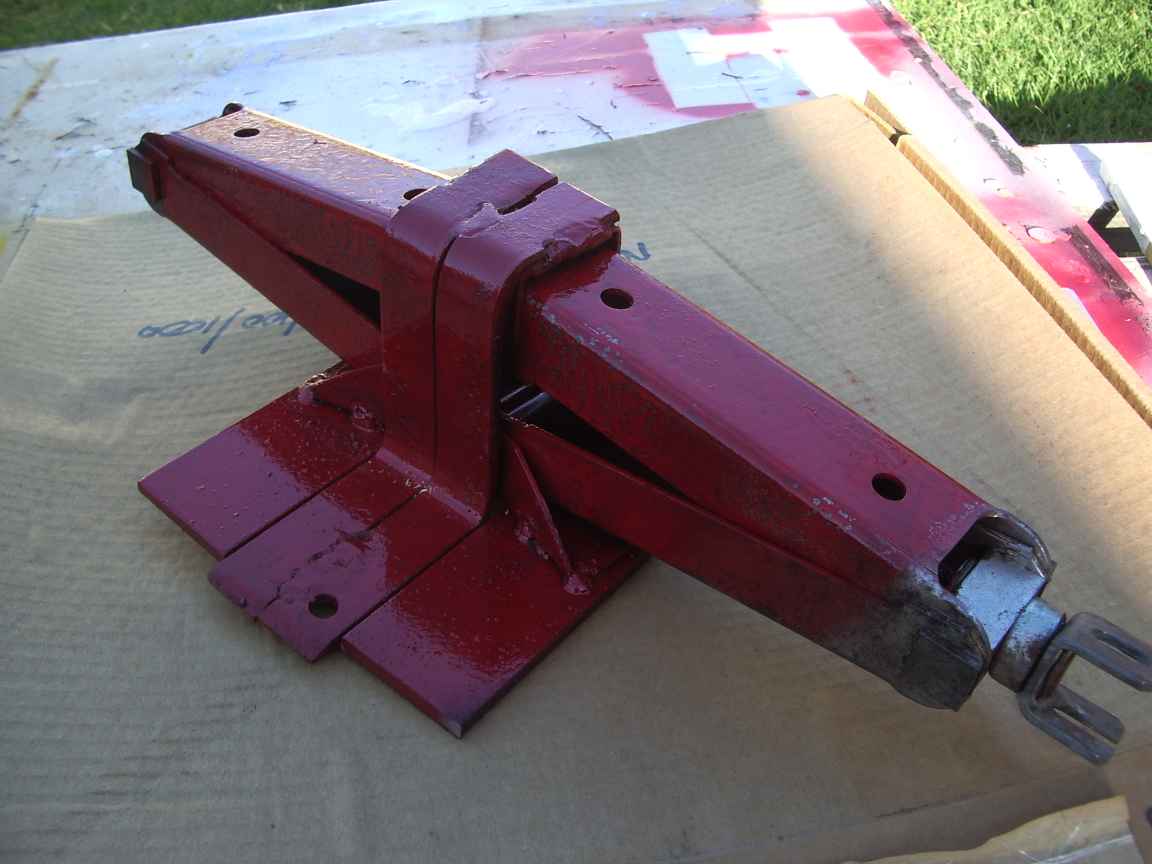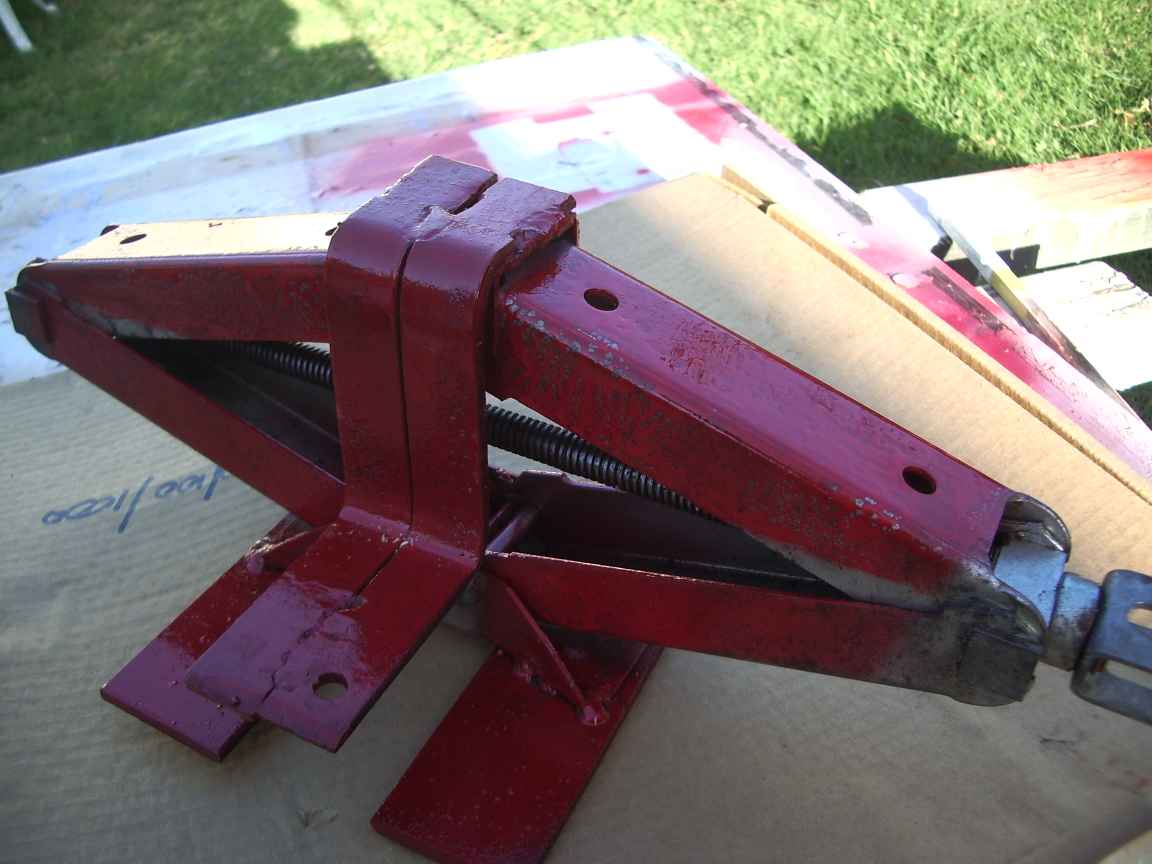An offset, extreme low clearance heavy lift jack
abstract: a jack for lifting heavy furniture with low clearance
This
project was inspired by the need to move a piano, from one room to
another. A good upright piano may weigh something in the order of
500kg. For some arcane reason they are fitted with castors which is all
well and good, but why are the castors so outrageously small??? They
are allways so small that they dont turn and even if they spin the
immense compressive force will score a timber floor and tear even heavy
carpet. What precisely is their point ? I suppose that
simple mechanical engineering is not a signifcant part of the piano
builders craft. However, be that as it may, pianos still require to be
shifted from one room to another !
In the past , when I
was younger and more foolish, I could just barely lift one end of our
piano just long enough and high enough that she-who-must-be-obeyed
could slip a thick pipe under the piano so it could be
rolled. Then would begin a song and dance with lever and blocks
to get it high enough to slip a trolley underneath...a very foolhardy
thing.
This jack acts like a fork lift and has low enough
clearance to get under underneath and lift a piano or other heavy
furniture high enough to safely insert a trolley.
The
formerly automotive jack was recovered from a council hard rubbish
collection. The new feet and the fork where made from quarter inch
steel and welded with the welder-o-doom.
The only preparation required is to remove the surplus metalwork
from the jack, they may be some arrangements at the top, either a
swivel or grab, these arrangement must be removed and the fork
welded securely to the middle pivot piece. I first made
this device without the jack feet but found the tendancy of the load to
rotate the jack was too extreme. The feet really are required.
In
use, care must be taken not to overload the jack because the forces on
it are not symmetrical and the forces will try to bend the jack through
its end pivots which are not designed for this kind of loading. The load must be as close to the jack as possible to mitigate the turning moment on the jack end pivots.
I
shouldnt have to say it, but will anyway. Dont use use this without
inserting some solid object beneath the object being lifted.
dont test jack with remaining good limb!

page created Fri Feb 5 18:49:12 EST 2010








